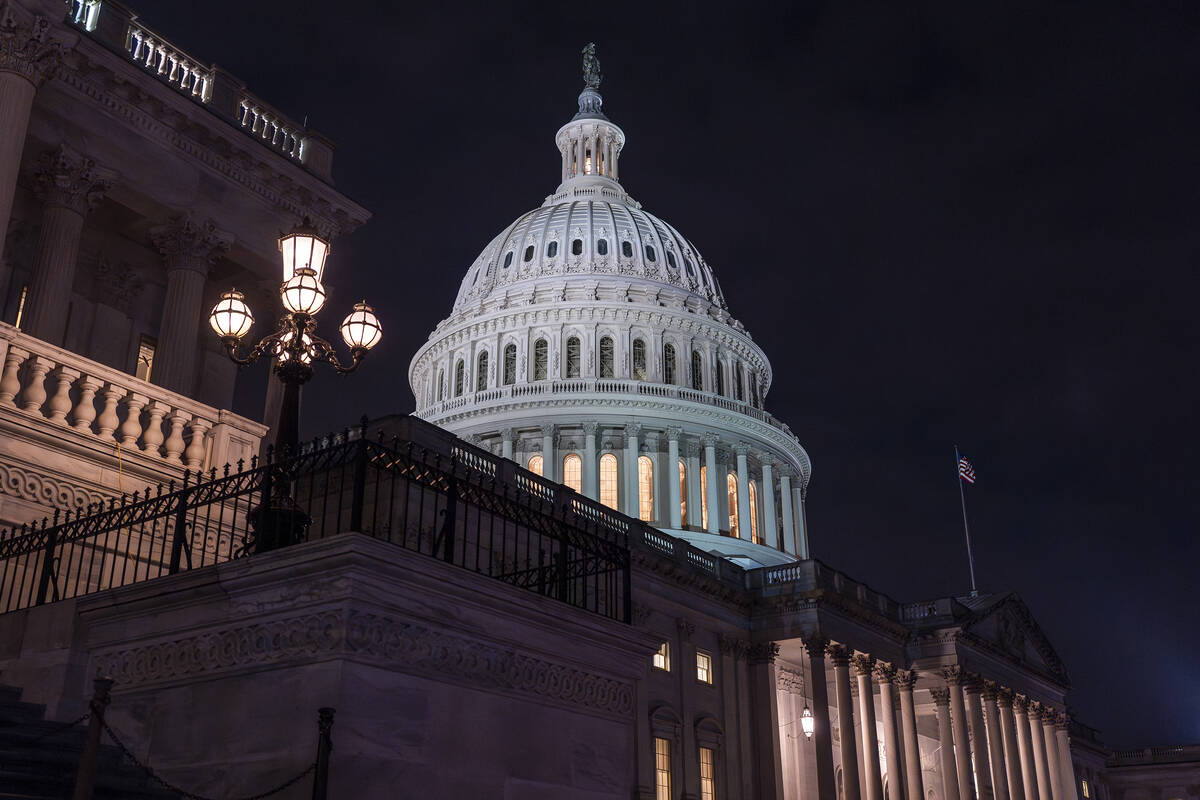COMMENTARY: Repositioning the federal bureaucracy
Since the administrations of Franklin Roosevelt and Lyndon Johnson, when the national government experienced extraordinary growth, federal employment has metastasized throughout the 50 states, particularly in the Washington, D.C., metro area.
The federal spending binge over the past half-century accelerated during the Obama and Biden administrations, resulting in a significant wealth transfer from the states to the D.C. area. Because of the boom in high-paying federal jobs, four of the five wealthiest counties in the nation are now in the Washington metropolitan area.
According to official reports, approximately 500,000 federal employees live and work in the Washington metro region. This number amounts to 16 percent of federal employment. Tens of thousands of high-paid lobbyists, contractors, former federal employees trading on their past expertise, consultants, publicists, accountants and lawyers support this bloated federal employment.
We must put the federal bureaucracy on a severe diet and give it a change of scenery.
After it imposes a tight hiring freeze and demands that all federal employees come back full-time to the office, the Trump administration should begin downsizing and decentralizing the Washington bureaucracy around the country. With the internet and virtually free telephone and video calls, federal employees no longer need to be just down the street from their bosses in Congress and the White House.
But where to put the bureaucrats?
One relocation criterion would be repositioning some departments and bureaus to states where unemployment is high and economic opportunity is meager. For example, the president could move the 6,000 employees of the Department of Labor to Mississippi, which traditionally has a high unemployment rate, and the 30,000 Health and Human Services employees to Alabama. The chief executive could transfer the 48,000 thousand employees of the independent agencies to high-unemployment regions in the Rust Belt and Appalachia.
Then, there is the criterion of appropriateness. Some agencies naturally belong far away from Washington. For example, most federally owned land is in the West. Why not place the 7,000 Department of Interior land stewards in Nevada, Wyoming, Alaska or Idaho?
The Department of Agriculture’s 8,000 civil servants logically belong in a farm-centered state such as Iowa, Kansas, South Dakota or Nebraska.
Commerce, Education, Energy, Health and Human Services, Housing, Labor, Transportation, the Environmental Protection Agency and the Department of Veterans Affairs could go anywhere: Maine, New Mexico, Puerto Rico, Arkansas, Alaska or perhaps even Guam.
Another approach to relocation would be to invite states and cities to bid for federal agencies and departments. Many cities have large numbers of vacant commercial buildings and underutilized government facilities (think of St. Louis and Detroit) that could be inexpensively rehabilitated by the host state for the transplanted federal employees. A competitive and highly publicized auction for entire agencies or parts of them could assure the agencies of a welcoming environment. A lively public auction for a bureau or a commission might also provide a certain entertainment value to the country, particularly if there were few or no bids.
No one can deny that moving federal employees out of Washington would incur a one-time relocation cost. Because states and local governments regularly employ generous subsidies to lure new employers, we can be confident that these governments would graciously shoulder some or all of the costs of bringing well-paid federal employees to their region.
The Washington metro area would temporarily have some empty office buildings. These first-class office spaces would command discounted rental or purchase prices for entrepreneurs and businesses that want to relocate there.
Many government employees would welcome the adventure and challenge of reinventing and downsizing their department or agency in a fresh locale and rejuvenating their careers as part of a move to a new region of the country. Some bureaucrats would inevitably contribute to government downsizing by leaving their jobs rather than facing the terrors of moving to “flyover country” or perhaps even a red state.
For decades, the federal bureaucracy has grown like kudzu. As the GOP regains its footing in Washington, 2025 could be “Year One” for reinventing and simplifying government and rejuvenating federalism. Relocating a substantial part of the federal bureaucracy would be a vital element of that reinvention and rejuvenation.
Such a relocation would also make it much more difficult to restore the bureaucratic colossus if the left returns to power someday.
James S. Fay is a semi-retired attorney, political scientist, college administrator and former U.S. Army intelligence officer. He writes from Kensington, California.

















